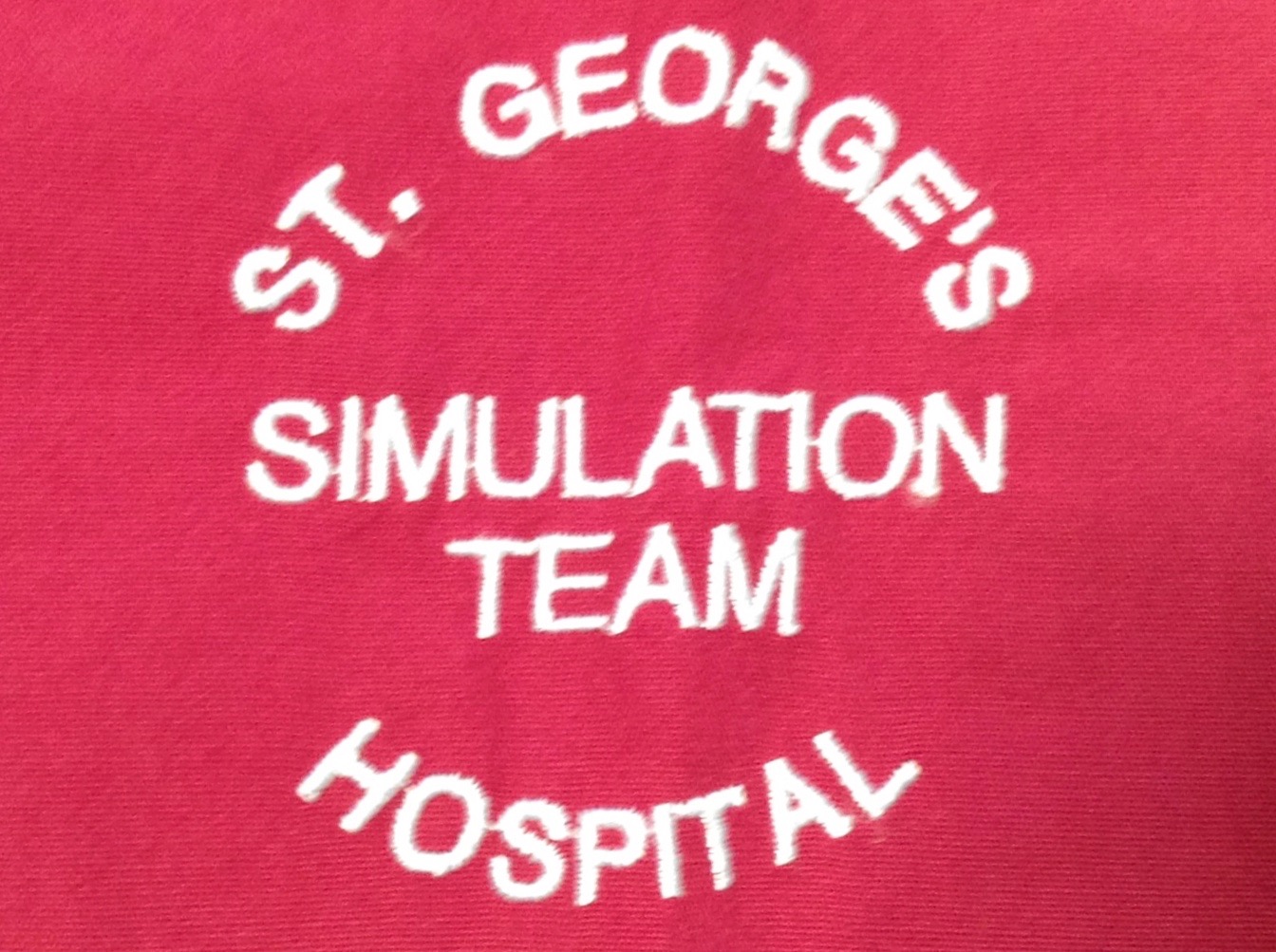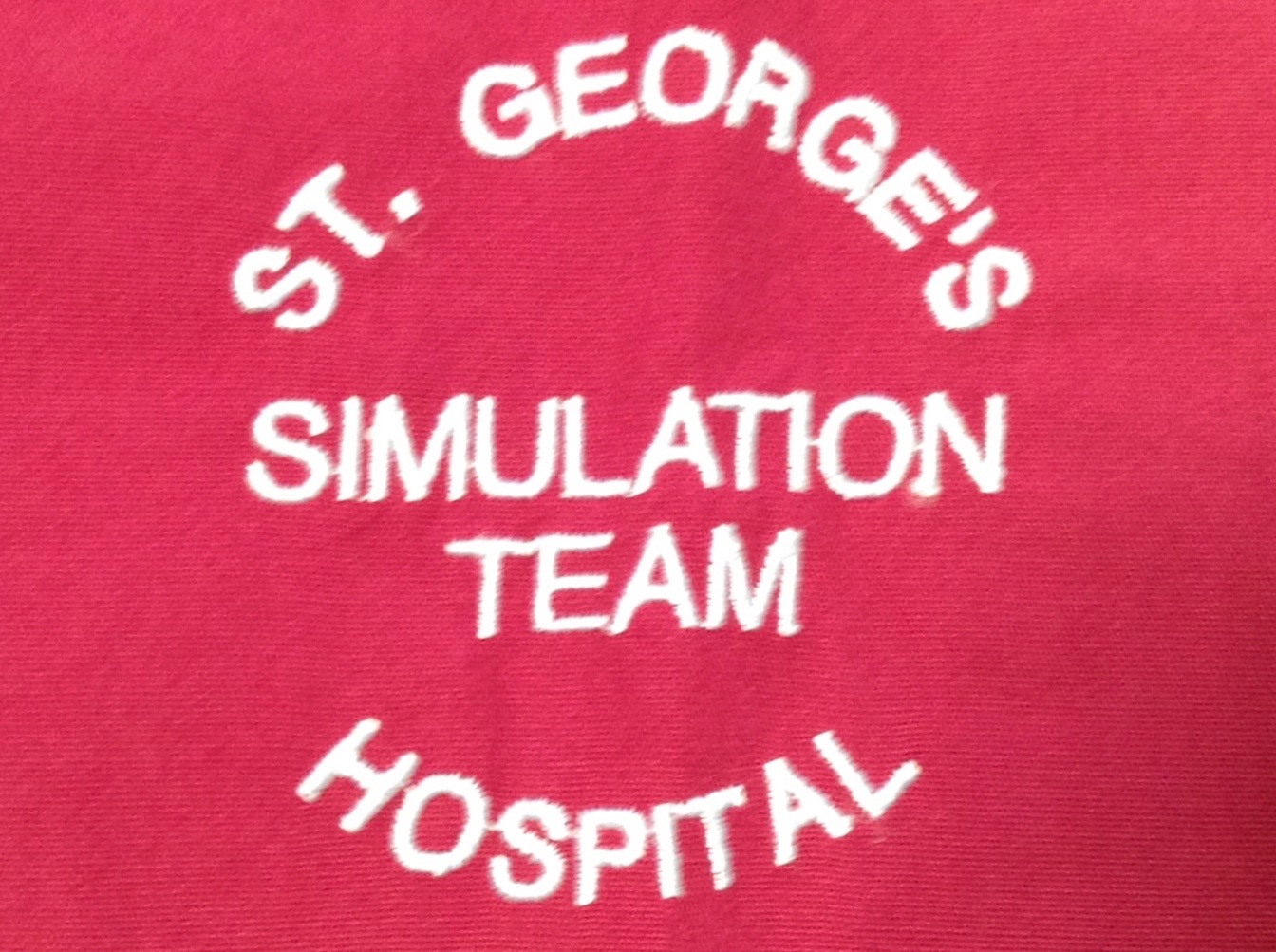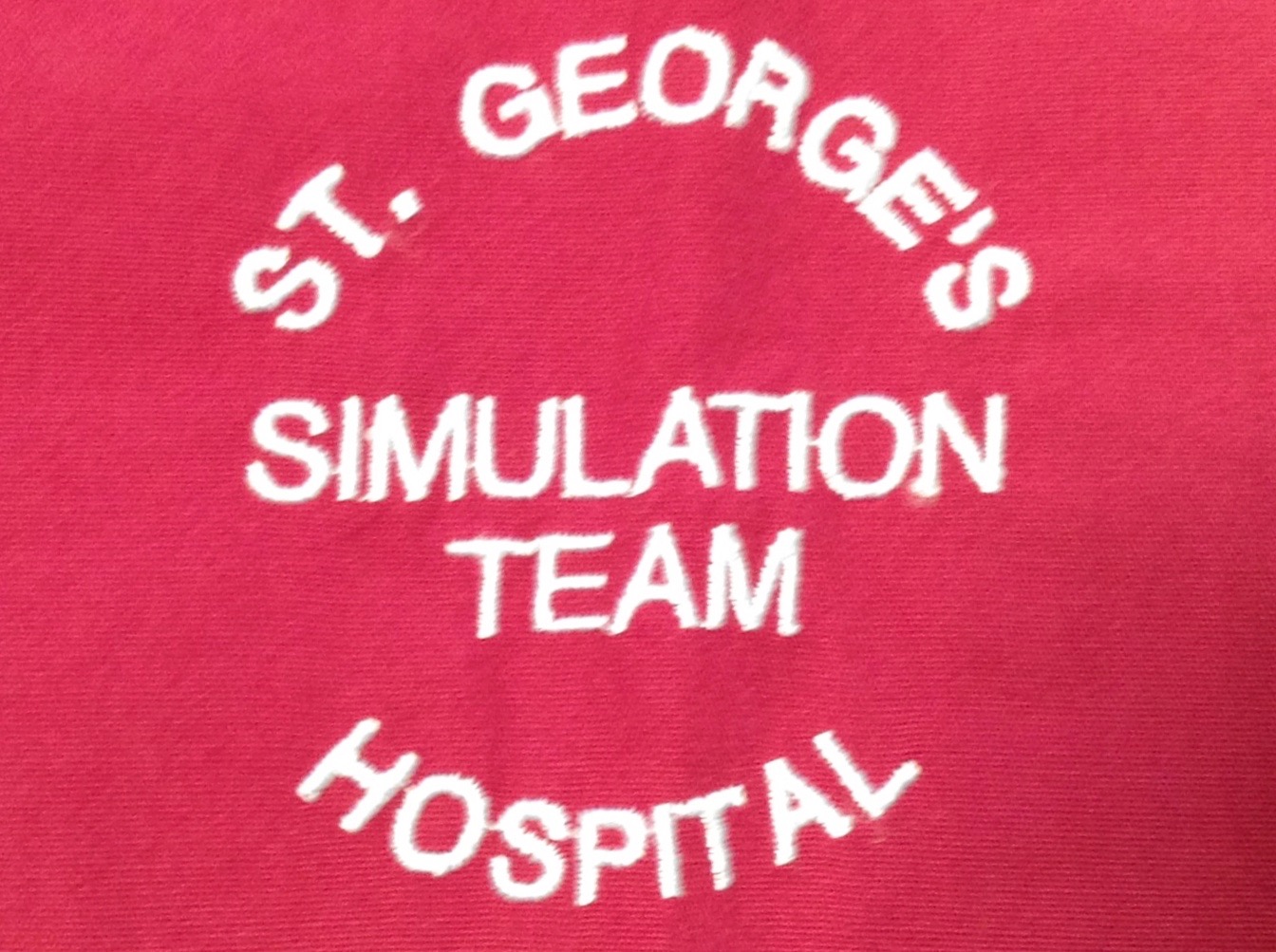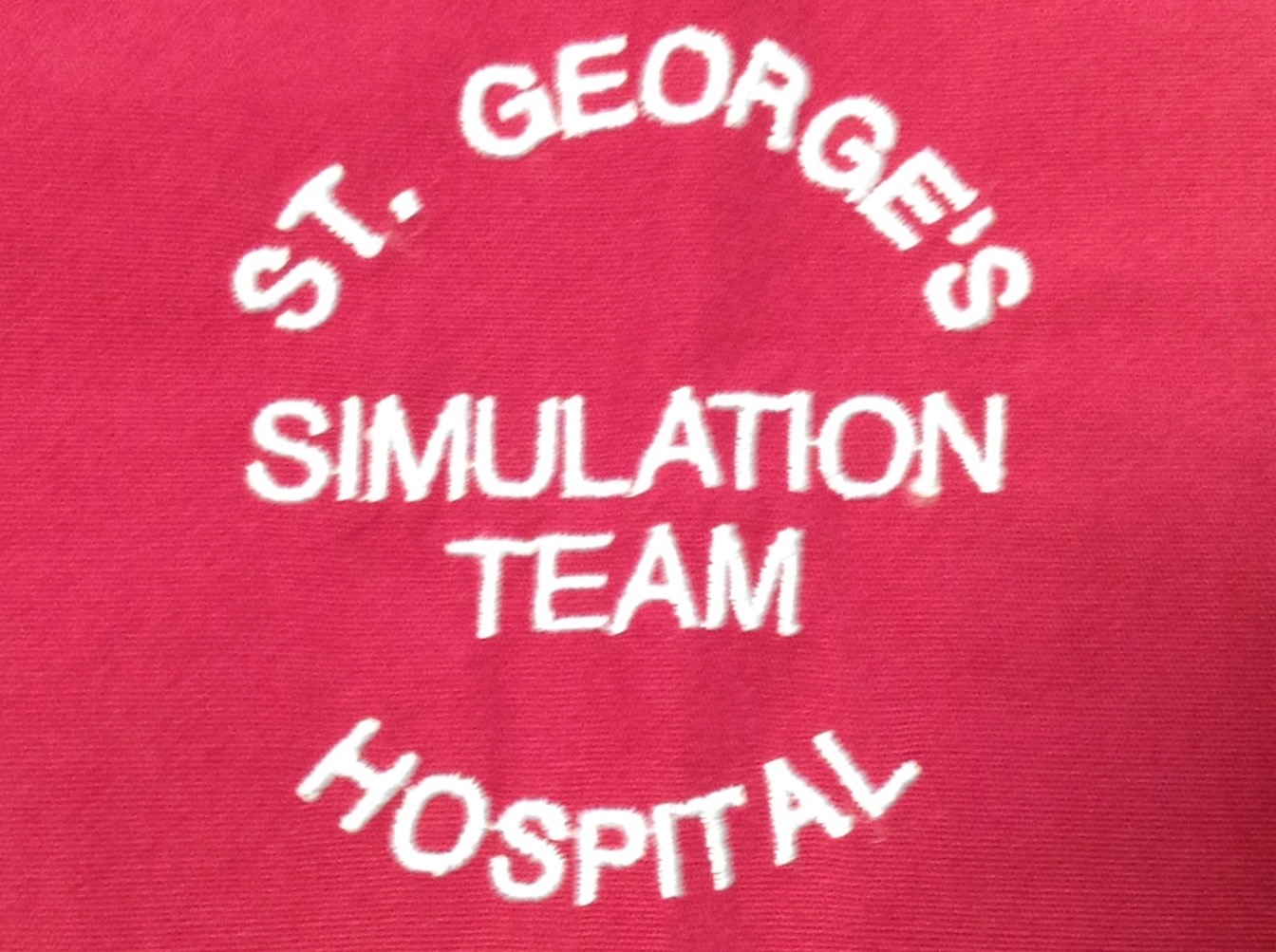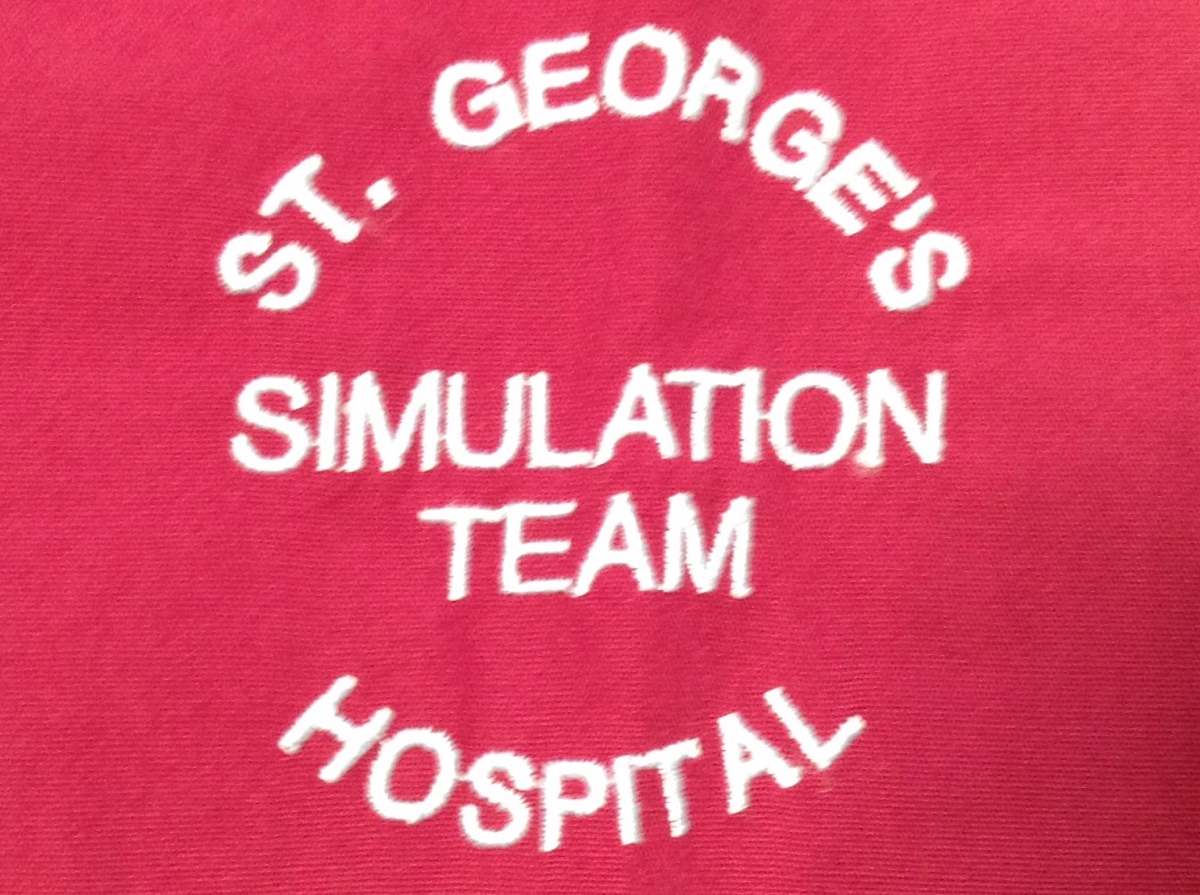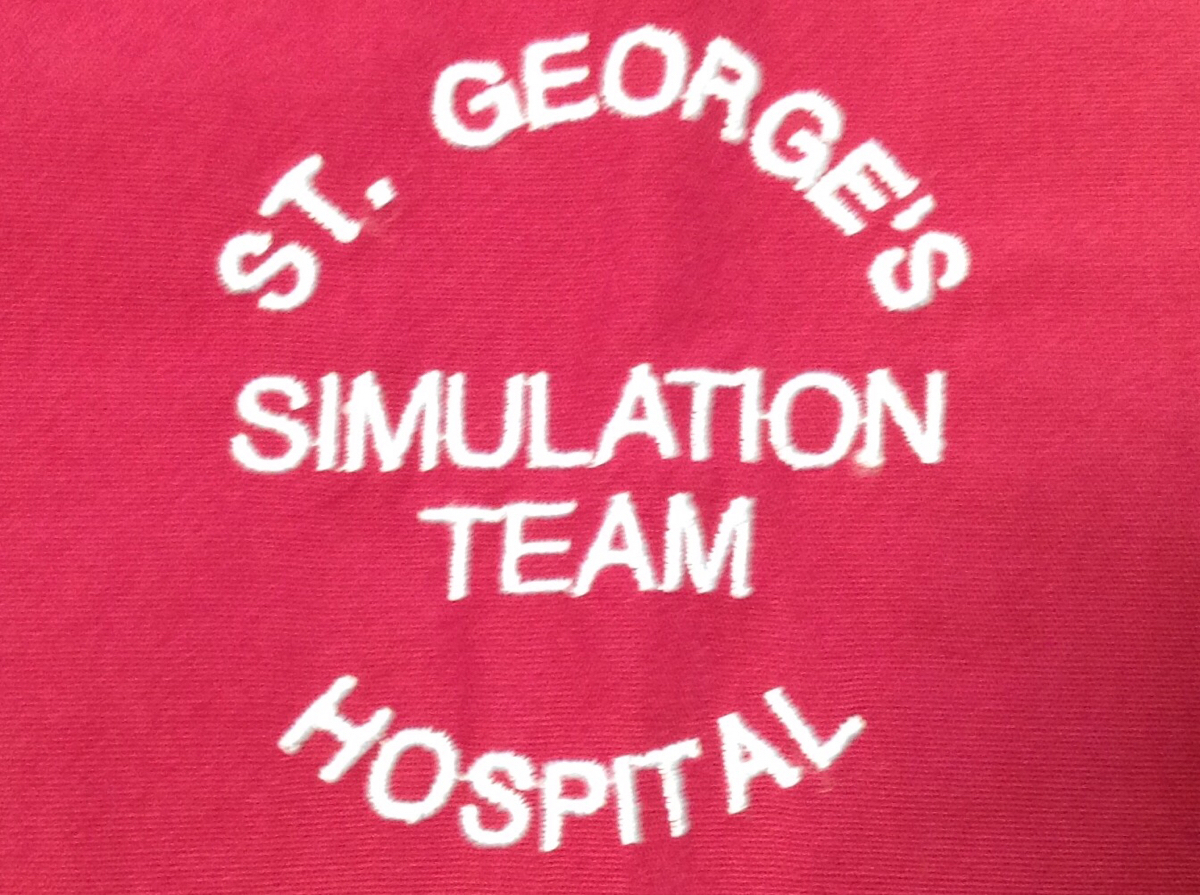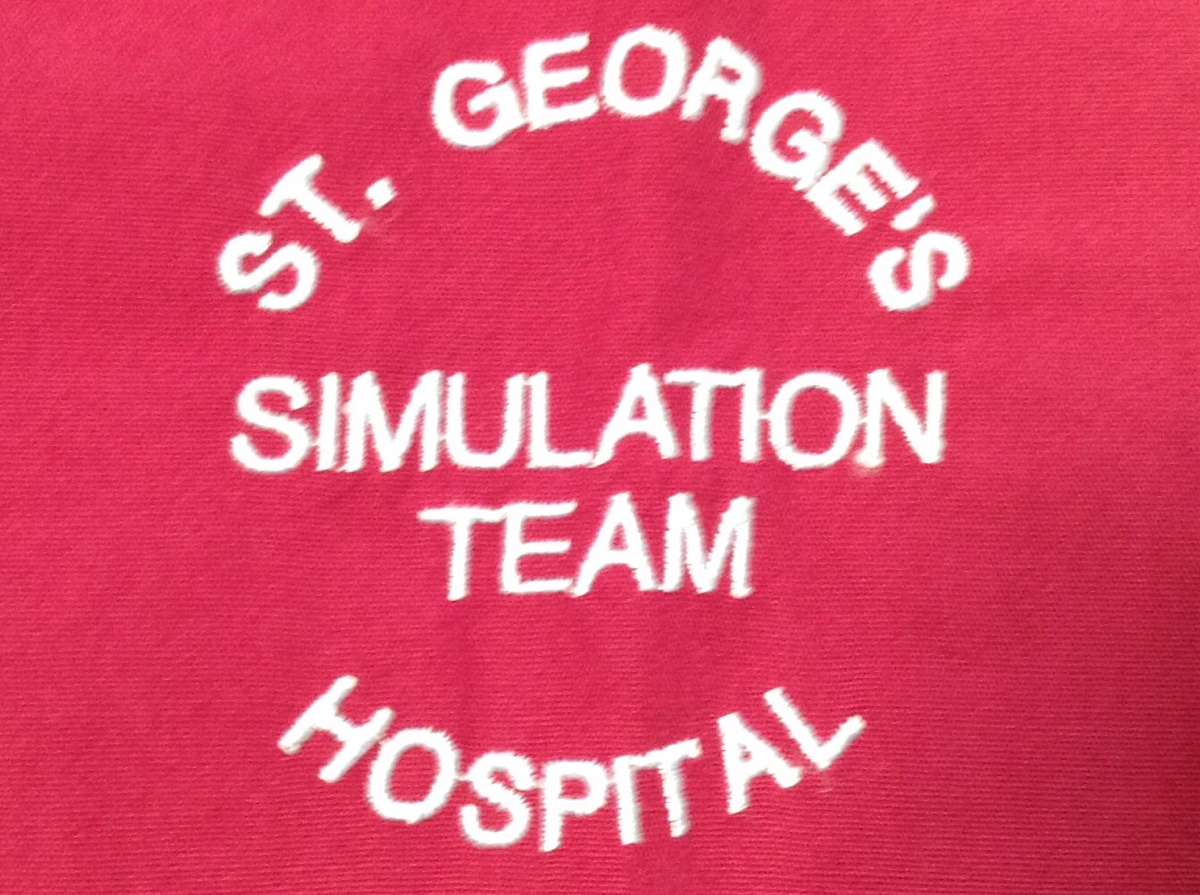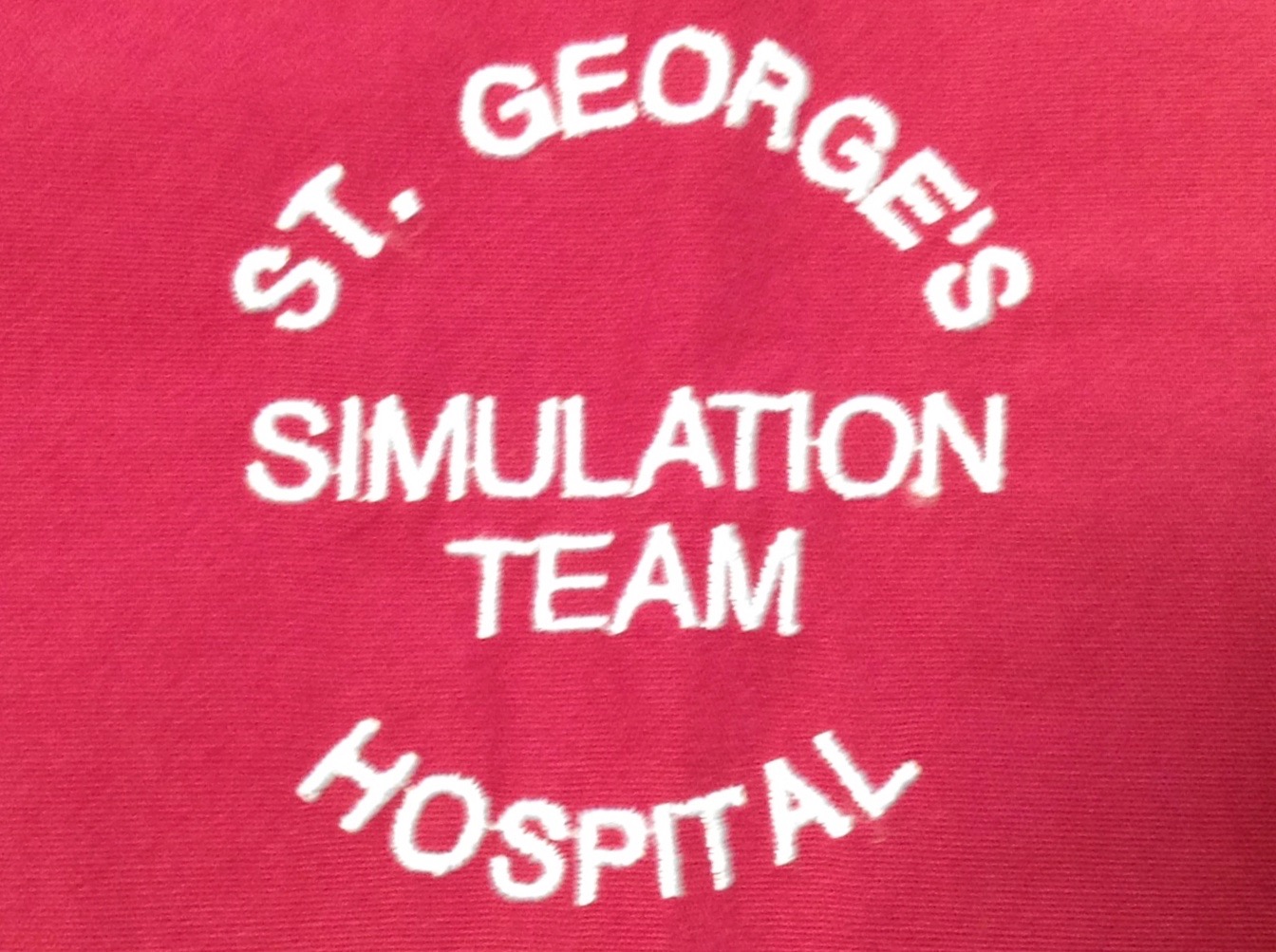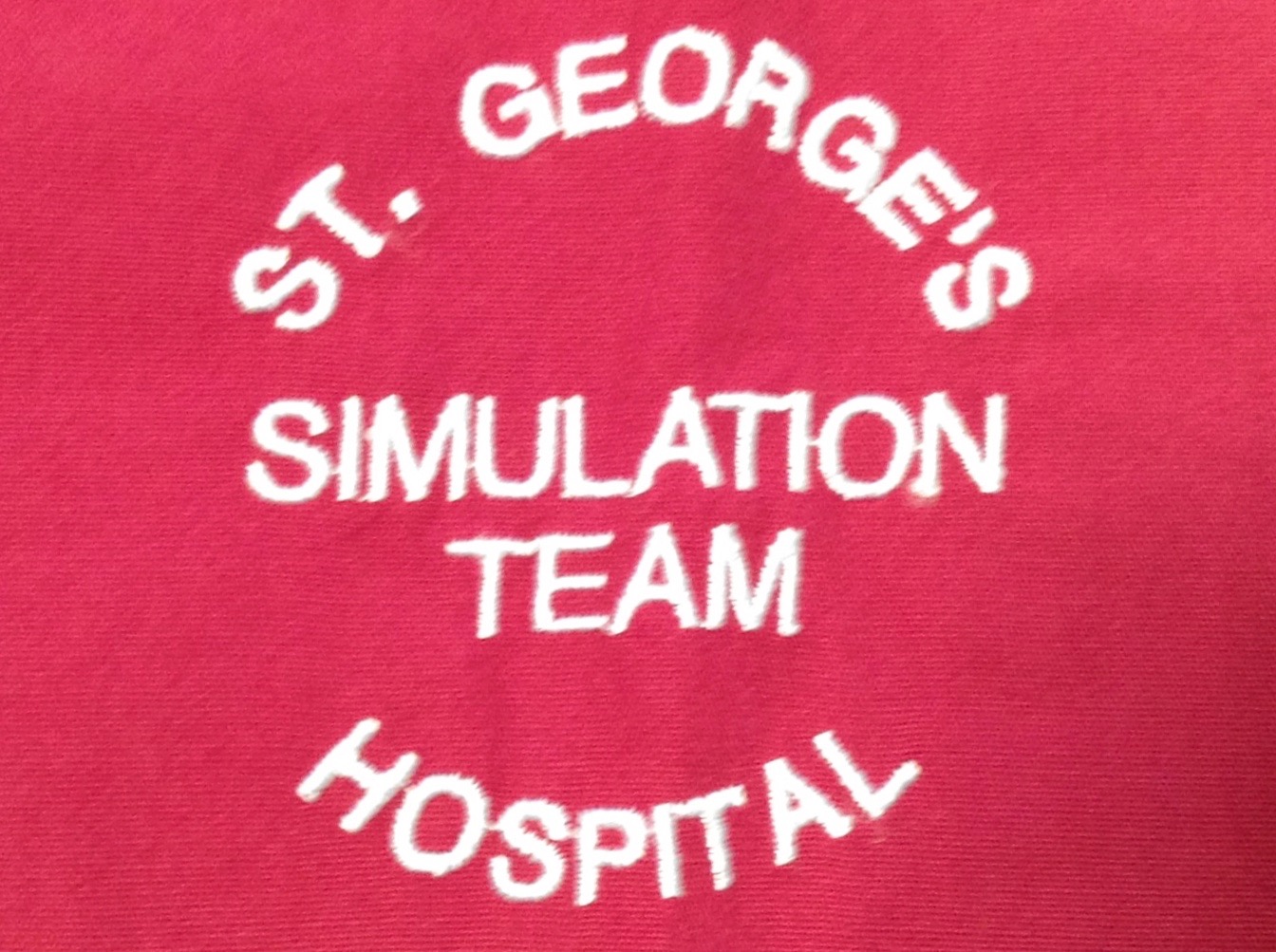Information
-
Document No.
-
Audit Title
-
Client / Site
-
Conducted on
-
Prepared by
-
Location
-
Personnel
Description
Communicating with the Elderly Patient with Dementia
-
This peer observation feedback tool aims to help you identify behaviors that can effect good communication with elderly confused patients. It is based on guidelines from the UK Alzheimers Society (se link). It can be used in clinical simulations with simulated-patients/actors.
https://www.alzheimers.org.uk/site/scripts/documents_info.php?documentID=130
Instructions
-
1. Spend time before the observation discussing the behaviors that contribute to good communication with the elderly
2. Go through the behavioural markers in the observation tool
3. Elicit any specific area for feedback on communication that is important to the individual(s) being observed
Introductions
-
Introduces self (to patient and family or carer) and explains role
-
Establishes the patient's preferred title - starts with formal Mr/Mrs
-
Helps orient the patient. Explains or re-explains who you are and what you will be doing
Environment
-
Approaches person with dementia from the front to gain their attention. Sits in front of him/her and maintains eye contact
-
Minimizes distractions (e.g.reduces noise from phones TV, conversations)
Communication with Carer
-
Tick the box If the care is with the patient
-
Is alert to caregiver's needs for information , resources and respite
-
Acknowledge the carer as a valuable source of information and support with the patient,
Communication with Patient
-
Does not hurry the patient and is always calm and empathetic
-
Even if patient says things which are untrue, avoids arguing or contradicting
-
Listens actively and allows extra time for the elderly patient
-
Speaks slowly and clearly and rephrases, if necessary.
Giving Information
-
Uses short simple words and sentences and presents one question, instruction or statement at a time.
-
Frequently summarises the most important points & gives patient opportunities to ask questions
-
Simplifies and writes down instructions and or uses pictures and charts
-
Acknowledges what the patient says - echoing, paraphrasing, and checking understanding - consistently.
Compassionate Care
-
Smiles and makes consistent eye contact. Tone of voice and body language is appropriate.
-
Uses physical contact to communicate care and affection, and to provide reassurance
-
Tries to include the patient in conversations with others (e.g. carer) to break feeling of social isolation and to allow him/her to express themselves.
-
Shows care, concern and inclusion even when it is hard to follow what the patient is saying
Sign Off
Rate the observation tool
-
Observer's Signature
